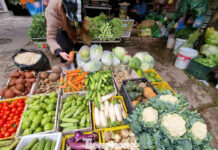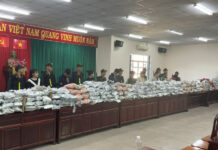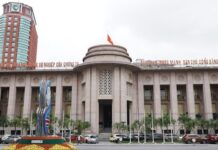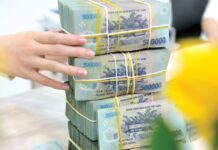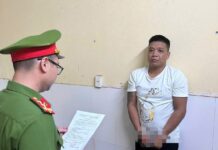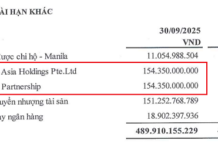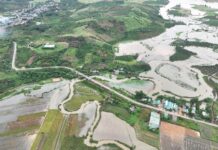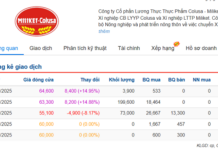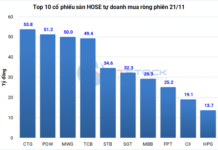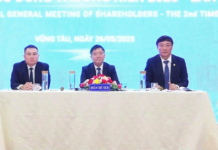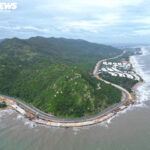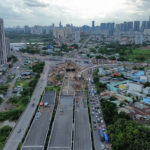From a real estate distribution business perspective, Mr. Binh believes that the cash flow from 6 million overseas Vietnamese is being quietly poured into the Vietnamese real estate market, which is a huge source of demand at this stage. Transactions from overseas Vietnamese have increased threefold compared to previous years. Overseas Vietnamese from Australia, the US, Canada, and Europe account for the majority.
According to the General Director of Dong Tay Land, the business itself is striving to attract this demand. For state management agencies, it is necessary to have positive actions to promote and create interest from overseas Vietnamese in Vietnamese real estate. “Overseas remittances will make the real estate market more vibrant,” Mr. Binh emphasized.
According to the record, the amount of remittances sent to Vietnam each year is equivalent to the value of 10,000 apartments. With more relaxed regulations on home ownership, this cash flow could flow more and more legitimately into the real estate sector. Articles 4 and 28 of the 2024 Land Law allow overseas Vietnamese residing abroad but not of Vietnamese nationality (Vietnamese expatriates) to own houses and land, as well as have rights and legitimate interests equivalent to domestic citizens and overseas Vietnamese who still hold Vietnamese nationality.
These clearer and more open regulations will give overseas Vietnamese more autonomy, encouraging them to invest and own a home or second home in their homeland without having to ask relatives in Vietnam to register in their name as before.
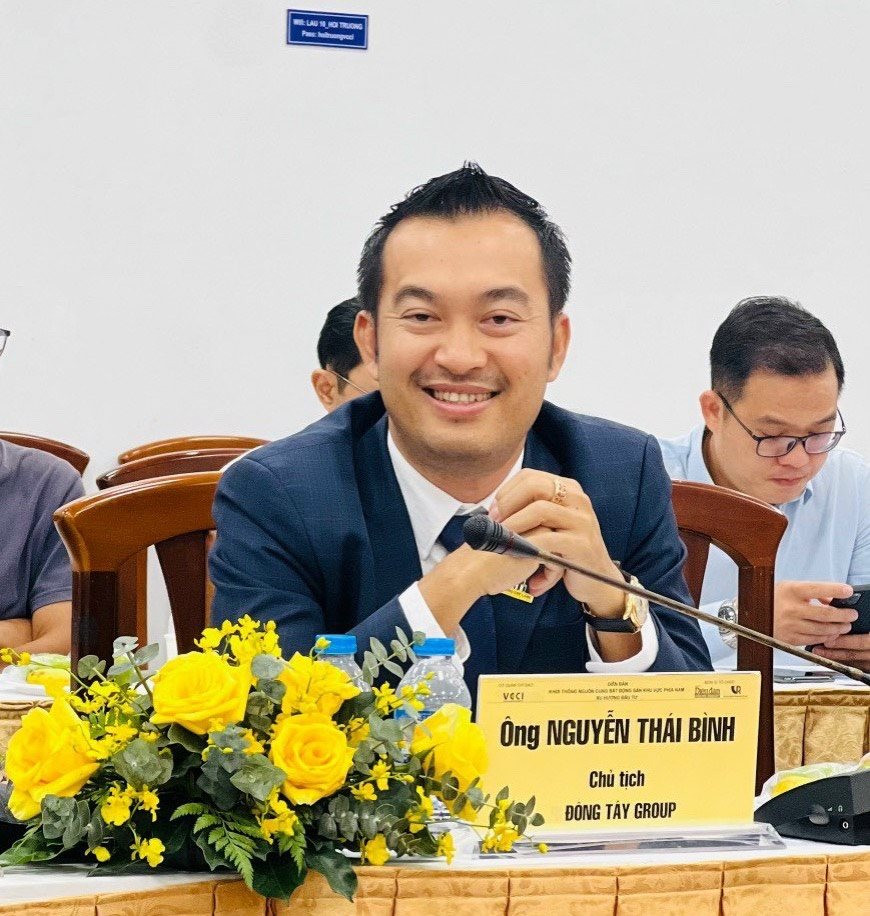
Mr. Nguyen Thai Binh.
In addition, by expanding the scope of real estate transaction participants, the new law also helps attract overseas remittances – which is increasingly becoming an important source of foreign income for Vietnam besides FDI.
According to the Association of Vietnamese Entrepreneurs Abroad, there are 6.5 million Vietnamese living abroad, spanning about 3 generations, and more than 20% have reached retirement age and have a demand to return to Vietnam.
Overseas Vietnamese often learn about real estate in their home country through relatives in Vietnam, local overseas Vietnamese associations, and domestic and international media. Identifying the purpose, interests, needs, and financial capacity of this potential customer group can help investors market their projects more effectively.
In the long term, the participation of overseas Vietnamese investors in both the primary and secondary markets will provide the market with new capital flows, and buying and selling and investment activities are likely to be more active.
Accordingly, Mr. Nguyen Thai Binh believes that creating favorable conditions and an environment to attract foreign currency through remittances is something many governments should aim for.
Sharing more about the needs and real estate segments that buyers are interested in today, the General Director of Dong Tay Land said that buyer demand changes with each market phase. Especially at this time, the change in demand is most evident. Currently, customers are relatively meticulous and demanding when buying real estate. They consider many factors of the property before making a decision. For example, if they are not buying to live in immediately, the property can be rented out or must generate cash flow. If the apartment or house is too far away and cannot be rented out, the buyer will not choose it.
Accordingly, Mr. Nguyen Thai Binh pointed out 3 product lines that are currently of most interest to buyers, which are still quietly attracting cash flow.
Firstly, apartments in the central area and its vicinity (provincial areas but with convenient travel distance to the central area). This is a type that still has a great deal of demand, leading to market liquidity in the past time. It is a product that meets the criteria of good location and full utilities (internal and external).
Secondly, coastal real estate, located 2-3 hours drive from the center of major cities. The demand for buying for living, as a second home, or for exploitation for rent is still very good in this type. In the Southern market, there are Ho Tram, Vung Tau, Phan Thiet; in the North, there are Hai Phong, Quang Ninh, etc.
“From the time of Covid-19 up to now, our company still sells quite well the product line of coastal real estate in the markets around Ho Chi Minh City, showing that the demand is still high,” said Mr. Binh.
Thirdly, real estate attached to arterial traffic infrastructure. For example, real estate adjacent to Ring Road 3, Long Thanh airport, expressway, etc.; however, the condition is that these real estates must attract real demand for living, creating a community in the future, not buying to wait for the price to increase.
In general, according to Mr. Nguyen Thai Binh, properties with real demand, generating cash flow are the most preferred choice of buyers at this time.
He also affirmed that the real estate market in the North has recently recovered. In the first quarter of 2024, real estate transactions in Hanoi increased sharply. The central apartment segment in Hanoi lacks supply, causing demand and prices to increase. The demand has spread to neighboring provinces such as Hung Yen, Hai Duong, Hai Phong. Meanwhile, in Ho Chi Minh City, the real estate market is still facing difficulties and there are no clear signs of recovery in demand.
According to the General Director of Dong Tay Land, the reason is that the Southern market has not yet launched many new products. Therefore, the market must unblock supply in order to boost demand. If measures are not taken to resolve the supply shortage, the real estate market in the South will recover slowly.



